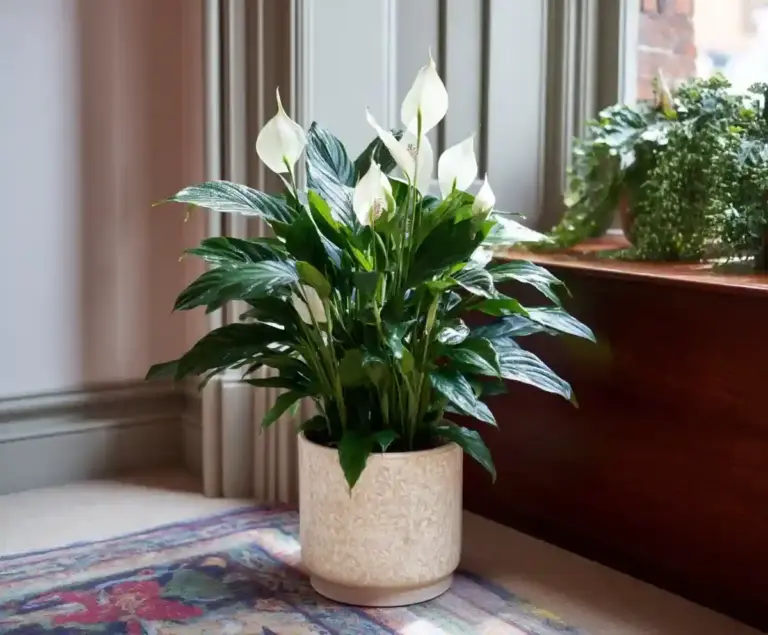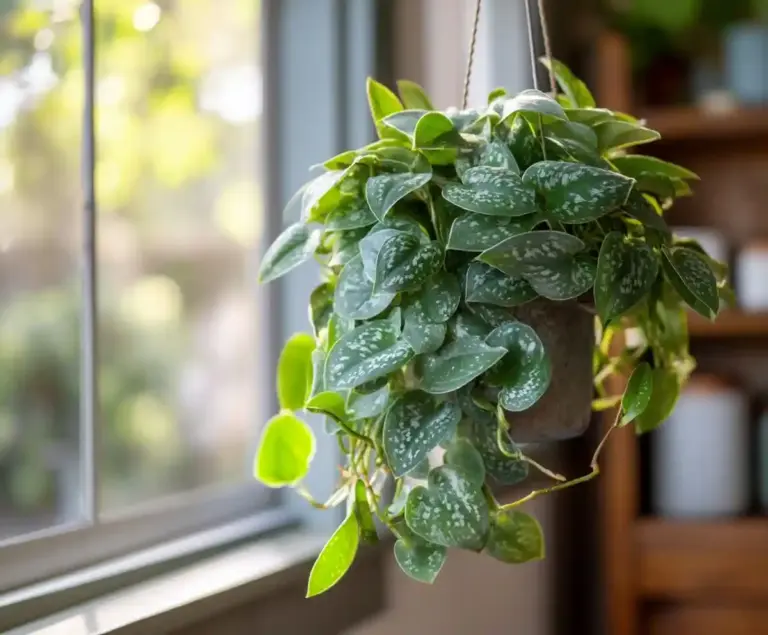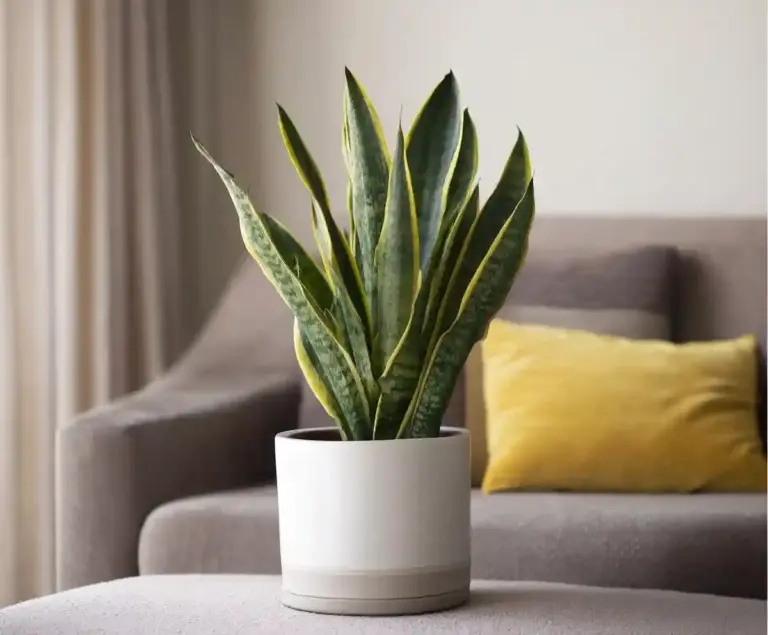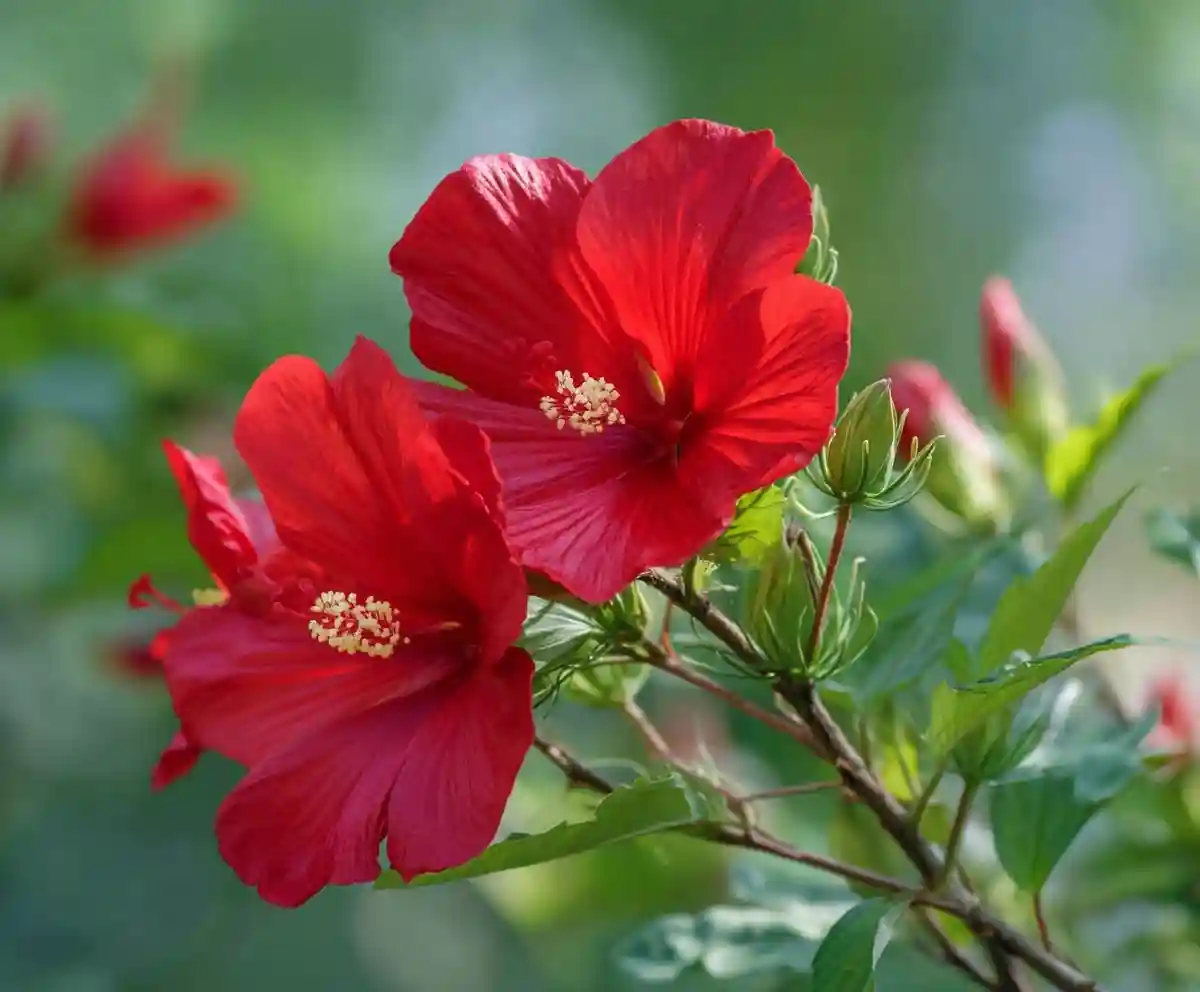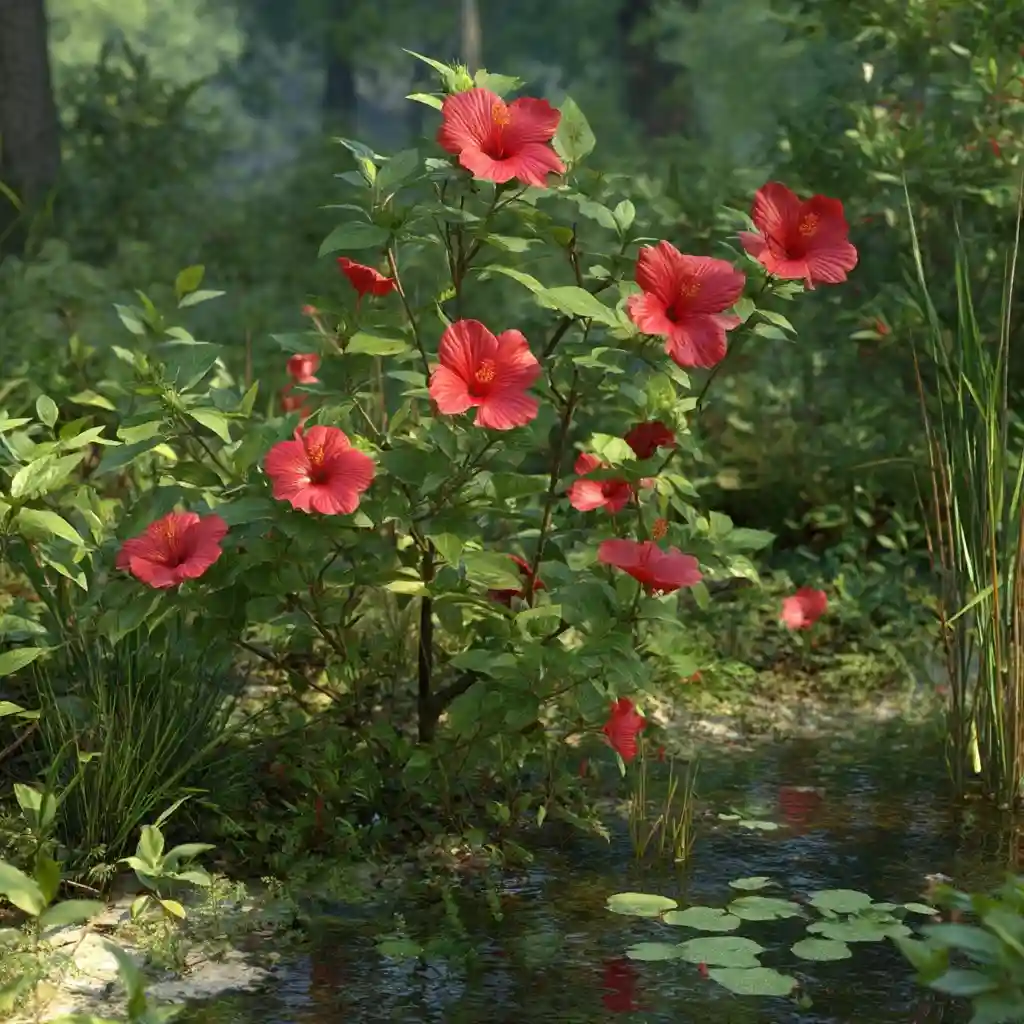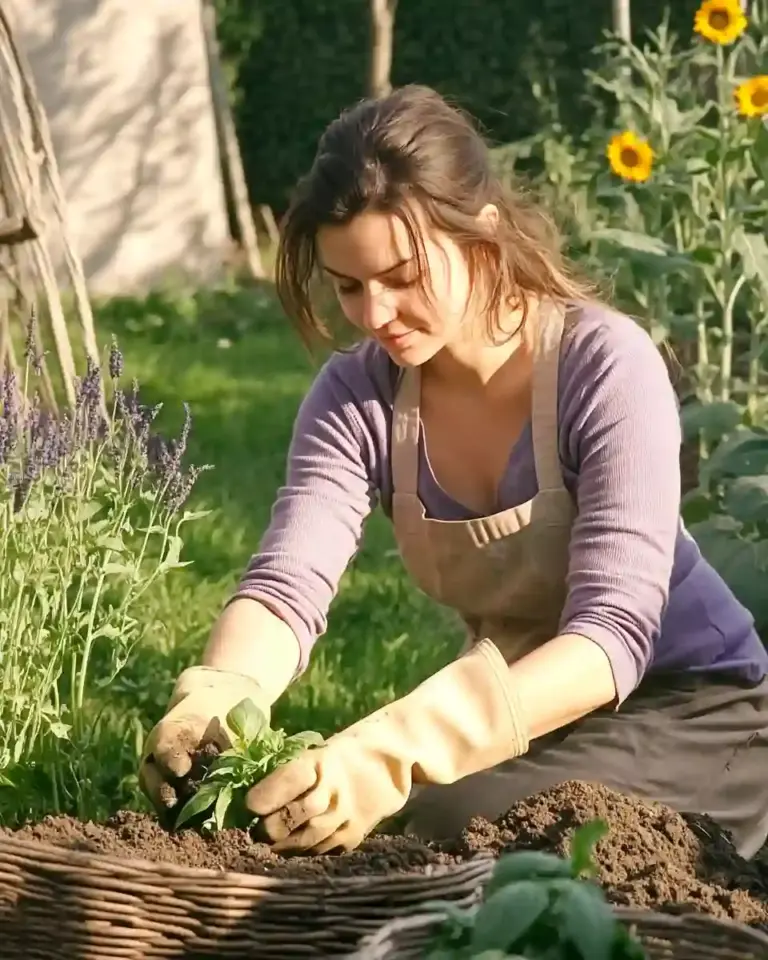Swamp Hibiscus is a striking native perennial that brings bold color and tropical charm to gardens with wet or humid conditions. Known botanically as Hibiscus coccineus, this hardy plant stands tall with deep red, pinwheel-shaped blooms that appear in midsummer and continue through early fall. Unlike its tropical cousins, swamp hibiscus thrives in damp environments—including rain gardens, pond edges, and even large containers filled with moisture-retaining soil.
Gardeners love its impressive height, fast growth, and resilience. If you’re looking to add a show-stopping plant that also supports pollinators like butterflies and hummingbirds, swamp hibiscus might be the perfect fit.
Table of Contents
Swamp Hibiscus Care
Caring for swamp hibiscus is relatively straightforward, especially if you can meet its need for steady moisture and full sun. This vigorous grower can reach heights of six to eight feet by the end of the season, making it an ideal backdrop for garden borders or water features. It prefers consistently wet soil, making it one of the few flowering plants that truly thrive in soggy environments.
Although it dies back in winter, swamp hibiscus comes roaring back each spring with fresh stems and lush foliage. Whether planted in the ground or grown in large containers, giving it the right conditions will reward you with bold, showy blooms and rapid growth.
Light
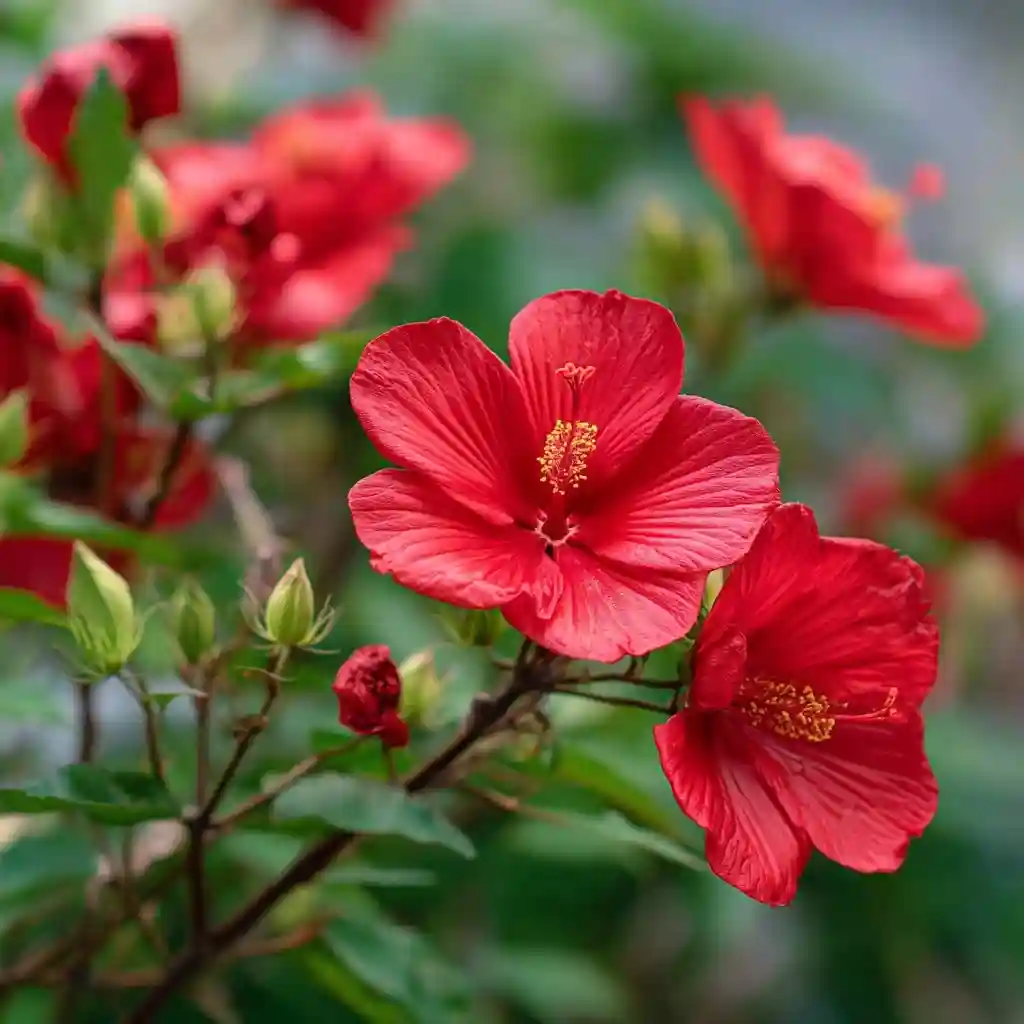
For the healthiest growth and most vibrant flowers, swamp hibiscus should be planted in full sun. Aim for at least six hours of direct sunlight per day. While the plant can tolerate partial shade, reduced light may lead to leggy stems and fewer blooms.
In shadier spots, the plant tends to stretch toward the light, which can weaken its overall structure. If you’re growing it near a pond, stream, or the north side of your home, ensure it’s not heavily shaded by nearby trees or structures.
Ample sunlight not only enhances blooming but also helps prevent fungal issues by promoting airflow and quicker drying of foliage after rainfall.
Soil (Tolerates Wet Soils)
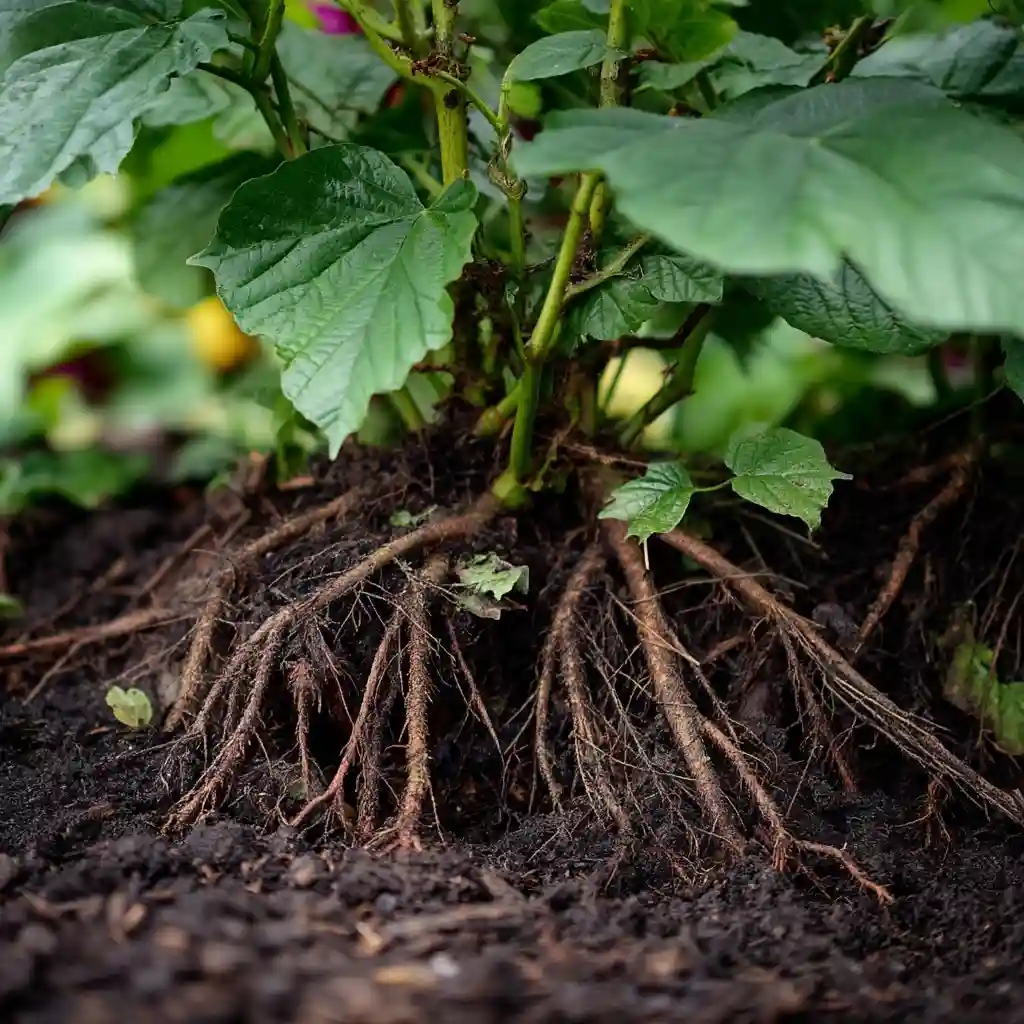
One of the biggest advantages of growing swamp hibiscus is its tolerance for wet or poorly draining soil. Unlike many flowering plants that suffer in soggy conditions, this hibiscus actually thrives in moisture-retentive soils. It’s perfectly suited for rain gardens, pond edges, and low-lying areas where water collects.
Swamp hibiscus grows well in sandy, loamy, or clay soils, as long as they stay consistently damp. While good drainage is still helpful to prevent root rot, this plant handles temporary flooding better than most.
If your garden tends to dry out, apply a thick layer of mulch to help the soil retain moisture. This not only benefits the roots but also helps suppress weeds and regulate soil temperature.
Water (Keep Consistently Moist)
Swamp hibiscus needs regular and consistent watering to thrive. As a moisture-loving plant, it performs best in soil that never fully dries out. During the active growing season—from spring through early fall—water frequently to keep the soil evenly moist, especially during hot or dry spells.
If you’re growing it in a container, check moisture levels daily, as pots tend to dry out faster. In garden beds, a thick mulch layer will help maintain steady moisture around the roots.
While it requires less water in the winter, avoid letting the soil become completely dry. Maintaining slight moisture during dormancy helps support healthy regrowth in the spring.
Temperature & Humidity
Swamp hibiscus flourishes in hot, humid climates, making it ideal for USDA zones 6 to 9. It’s especially well-suited for southern gardens, where summers are long and steamy. The plant prefers warm temperatures throughout the growing season and can suffer if exposed to prolonged cold or frost.
In regions with cooler winters, apply a thick layer of mulch around the base in late fall to help insulate the roots. Although the top growth will die back in winter, the roots often survive and resprout in spring, provided they’re protected from deep freezes.
Also, consider planting it in a sheltered location to avoid windburn, which can damage its tall stems and delicate leaves.
Fertilizer (Monthly, Balanced)
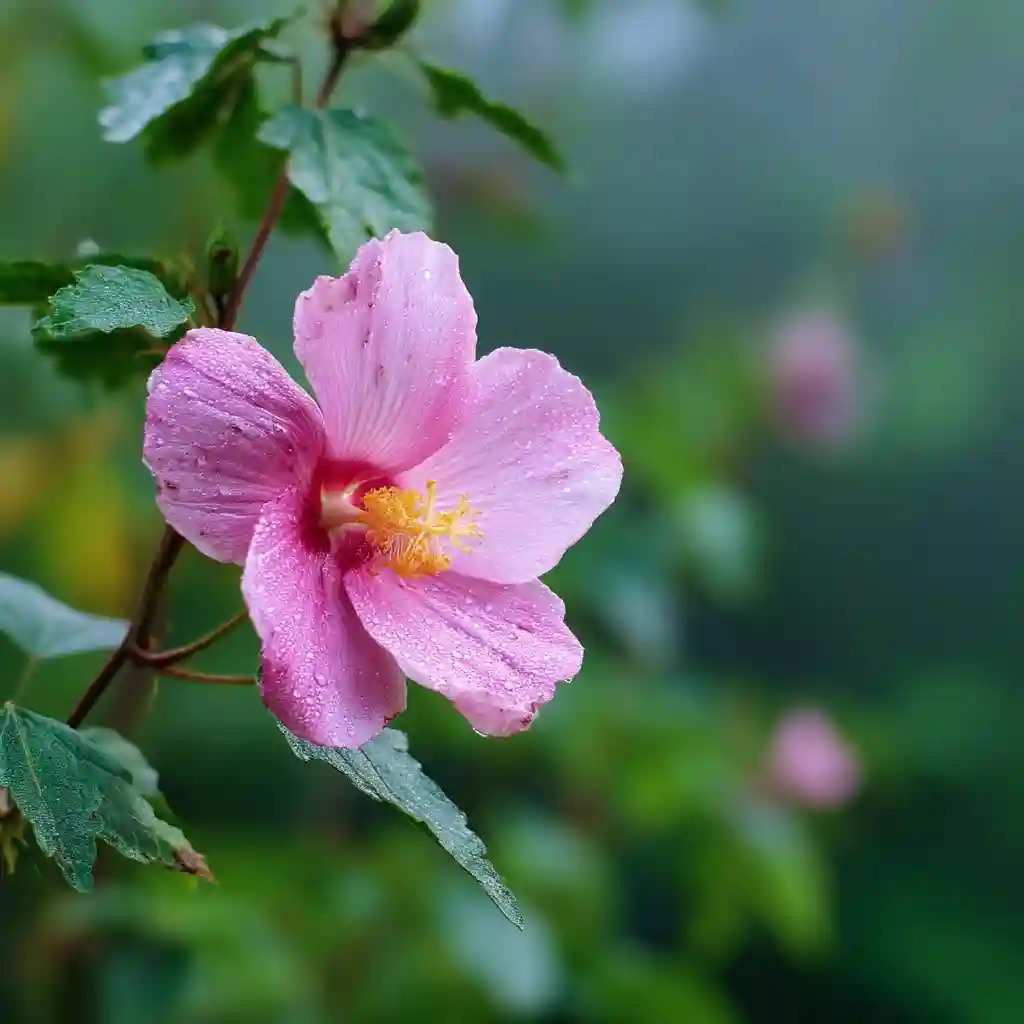
To support its fast growth and impressive blooms, swamp hibiscus benefits from monthly feedings during the growing season. Use a balanced, slow-release fertilizer—such as 10-10-10 or 14-14-14—starting in early spring and continuing through late summer.
For best results, apply fertilizer after watering, which helps prevent root burn and ensures nutrients are absorbed efficiently. You can also use a liquid fertilizer every 2–3 weeks if you prefer more frequent, lighter feeding.
In early spring, a slightly higher nitrogen content can promote strong leafy growth. Once buds form, switch to a bloom-boosting formula with a bit more phosphorus to encourage more vibrant flowers.
Avoid fertilizing in the fall, as this can interfere with the plant’s natural dormancy cycle.
Pruning (Cut Back Toward End of Winter to Manage Height)
Swamp hibiscus is a vigorous grower, often reaching over six feet tall in a single season. To keep its size manageable and encourage bushier growth, plan to prune it back toward the end of winter or in very early spring before new shoots appear.
Cut stems down to about 6 to 12 inches above the ground. This not only helps maintain a tidy shape but also encourages stronger, healthier new growth each season.
Remove any dead, damaged, or crossing branches throughout the growing season to improve airflow and reduce the risk of disease. Regular pruning also helps prevent the plant from becoming leggy or top-heavy, especially in partial sun locations.
Propagating (Spring Cuttings; Rooting Steps)
Propagating swamp hibiscus is simple and rewarding, especially when done in spring as new growth emerges. The easiest method is by taking stem cuttings, which root quickly under the right conditions.
Here’s how to do it:
- Choose a healthy stem that’s at least 6 inches long, ideally from a plant with several mature stems.
- Cut just below a leaf node, removing lower leaves and leaving only the top pair.
- Dip the cut end in rooting hormone to encourage faster development.
- Insert the cutting 2–3 inches deep into a container filled with moist peat moss or seed-starting mix.
- Keep the soil moist and place the container in bright, indirect light—either indoors or outdoors in a sheltered spot.
- After a few weeks, when new leaves emerge, transplant it to its permanent garden location or a larger pot.
This method produces clones of the parent plant, making it ideal for expanding your hibiscus collection.
How to Grow From Seeds (Scarify, Soak, Sow; ~2-Week Germination)
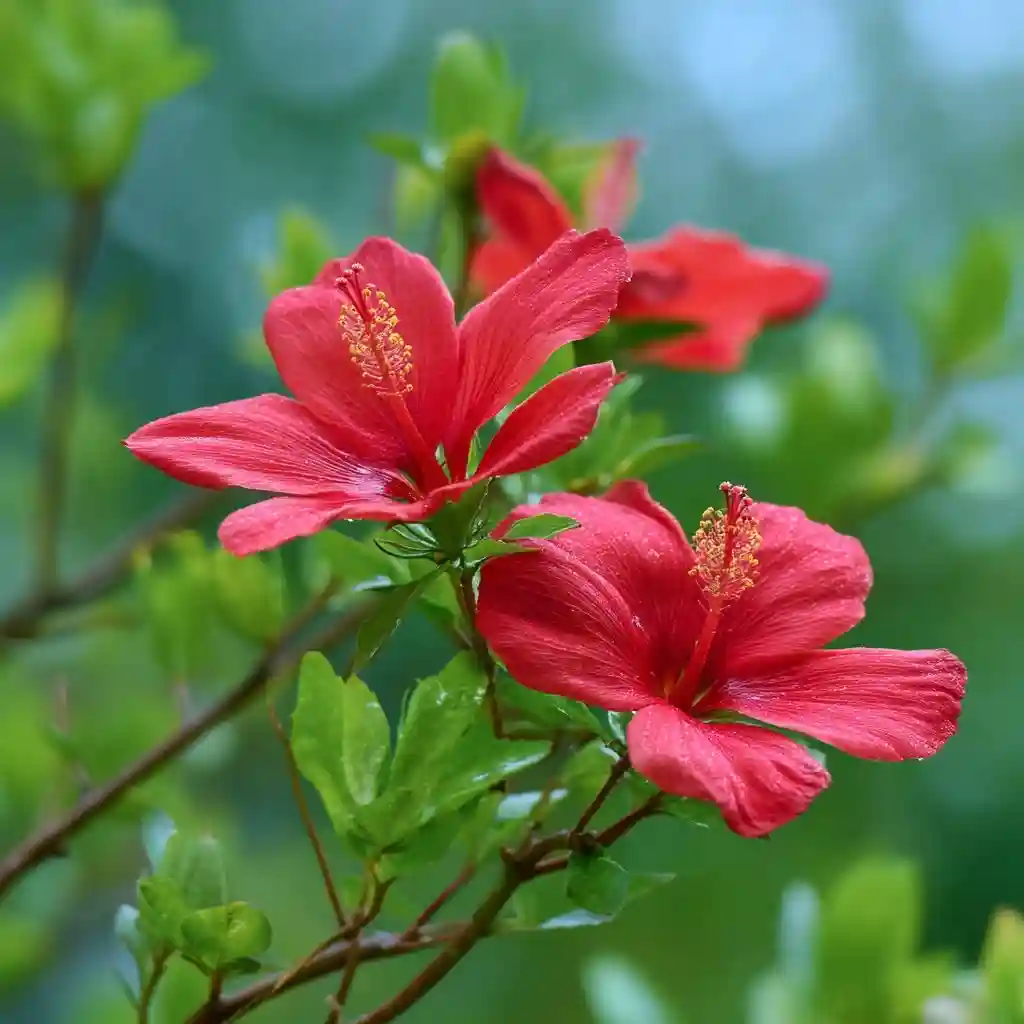
Growing swamp hibiscus from seed is a great way to start multiple plants on a budget. While it requires a bit of prep, the process is beginner-friendly and rewarding.
Here’s how to grow swamp hibiscus from seeds:
- Collect seeds in fall once the pods dry and turn brown at the base of faded flowers.
- Scarify the seeds by gently rubbing them with sandpaper or nicking the seed coat with a nail file. This step speeds up germination.
- Soak seeds in warm water for at least one hour—some gardeners prefer overnight.
- Sow seeds in trays or small pots filled with moist potting mix or seed-starting soil. Keep the medium consistently damp.
- Place the containers in a warm, sunny spot or under grow lights.
- Germination takes about two weeks, sometimes longer in cooler conditions.
- Once seedlings have a few true leaves and all frost risk has passed, transplant them outdoors into their final location.
Seed-grown plants may take a full season or two before flowering but are just as stunning as propagated cuttings.
Potting & Repotting (Thrives in Large Containers; Even in Shallow Pond Edges)
Swamp hibiscus grows beautifully in large containers, making it a fantastic choice for patios, decks, or even the edges of small water features. Its preference for moist soil means it can thrive in pots placed in shallow pond edges—up to about 4 inches deep—just like a marginal aquatic plant.
Tips for potting and repotting:
- Choose a container at least 18 inches wide and deep to support its tall growth.
- Use a rich, moisture-retaining potting mix, preferably with added compost or peat.
- Avoid containers that dry out quickly—unglazed terracotta pots, for example, may wick moisture away.
- Ensure the pot has adequate drainage holes, even if it’s sitting in water.
- Repot every 2 to 3 years or when the plant becomes root-bound. Early spring is the best time to do this, right before active growth begins.
Container-grown swamp hibiscus should be watered even more frequently, especially during hot weather, to prevent the soil from drying out.
Overwintering (Mulch; Limit Watering in Cool Months)
Although swamp hibiscus is cold-hardy in zones 6 through 9, it still needs a bit of protection during the colder months—especially in areas that experience freezing temperatures.
Here’s how to overwinter it successfully:
- In late fall, after the first frost, cut the plant back to 6–12 inches above the soil to prepare it for dormancy.
- Apply a thick layer of mulch (such as shredded bark, straw, or leaves) around the base of the plant. This helps insulate the roots from freezing and keeps the soil temperature stable.
- Reduce watering significantly during the winter, especially if you live in a cooler region. The soil should remain lightly moist, not soggy or bone dry.
- Container-grown plants can stay outside if protected, but moving them into a sheltered spot or unheated greenhouse is ideal in colder zones.
Come spring, simply remove the mulch, begin watering regularly, and the swamp hibiscus will push out fresh new shoots.
Common Pests & Diseases (Aphids; Rust)
While swamp hibiscus is generally hardy and low-maintenance, it can occasionally run into problems with pests and fungal diseases.
Common pests:
- Aphids are the most frequent intruders. These small, soft-bodied insects cluster on new growth and can distort leaves or stunt flowering.
- Control tips: Spray them off with a strong jet of water, or apply insecticidal soap or neem oil if the infestation persists.
Common diseases:
- Rust is a fungal issue that causes orange or reddish-brown spots on the leaves, particularly on the undersides.
- What to do: Prune and dispose of affected foliage. Ensure proper airflow by spacing plants adequately. If the problem continues, cut back the plant to ground level in late fall—this usually resolves the issue by removing infected stems.
Staying on top of moisture management, pruning, and cleanliness around the plant helps minimize pest and disease pressure throughout the season.
How to Get Swamp Hibiscus to Bloom
Bloom Months (July–September)
Swamp hibiscus typically begins blooming in mid to late summer, with flowers appearing from July through September. In warm, humid climates, you might even see blooms stretching into early October. Each flower only lasts a day or two, but the plant produces a continuous succession of blossoms for several weeks.
Flower Look (Red, Pinwheel-Like)
The flowers are one of the most striking features of swamp hibiscus. They’re large, deep red, and pinwheel-shaped, often measuring up to 6 inches across. Each bloom has five slender petals that flare outward, giving the plant a tropical, dramatic appearance. These showy flowers are a magnet for butterflies, bees, and hummingbirds, making it a favorite in pollinator-friendly gardens.
Encouraging Blooms (Sun, Humidity, Steady Moisture)
To ensure prolific blooming, provide the plant with:
- Full sun (at least 6 hours daily)
- Consistent soil moisture
- High humidity
Avoid letting the soil dry out during the blooming period, and use a balanced or bloom-enhancing fertilizer every few weeks during summer. Pruning in late winter also encourages more vigorous flowering the following year.
Common Growing Problems
Even though swamp hibiscus is relatively low-maintenance, a few common issues can arise—especially related to watering, temperature, and light.
Yellowing Leaves
If your swamp hibiscus starts showing yellow leaves, the most likely culprit is watering problems. Both overwatering and underwatering can cause the foliage to turn yellow.
- Ensure the soil stays consistently moist, but not waterlogged.
- Improve drainage if water is pooling around the roots.
- In containers, check for clogged drainage holes or dry pockets in the soil.
Yellowing may also occur during seasonal transitions but should clear up as the plant adjusts.
Leaf Drop
Sudden or excessive leaf drop can happen due to:
- Temperature stress — cold snaps or extreme heat
- Low humidity — especially in dry climates or windy spots
- Poor light conditions — too much shade will weaken the plant
- Soil dryness — even brief dry periods can trigger leaf loss
Fix the underlying cause, and the plant usually recovers quickly, especially once warm, stable conditions return.
FAQ
Where Should I Plant Swamp Hibiscus?
Swamp hibiscus grows best in areas with consistent moisture and full sun. Ideal locations include:
- Rain gardens
- Pond or stream edges
- Low-lying, damp spots in the yard
- Large containers, especially those that can sit in shallow water
Because it grows tall, it also looks stunning as a backdrop in perennial borders or along fences and walls.
How Long Does Swamp Hibiscus Live?
With proper care, swamp hibiscus can live for 8 to 10 years or more. Keeping the roots moist, protecting them in winter, and feeding regularly can help extend the plant’s lifespan.
Is Swamp Hibiscus Easy to Care For?
Yes—swamp hibiscus is surprisingly easy to grow, even for beginners. As long as it gets:
- Plenty of sunlight
- Steady moisture
- Protection from extreme cold
…it will thrive and bloom beautifully. Its rapid growth and resilience make it a favorite in both traditional and water-wise gardens.
Conclusion
Swamp hibiscus is a bold, moisture-loving perennial that rewards gardeners with towering stems, tropical red flowers, and reliable summer performance. Whether you’re planting along a pond edge, in a rain garden, or in a spacious container, this hardy native thrives in wet soil, full sun, and high humidity. With just a little attention to watering, pruning, and winter care, swamp hibiscus will become a standout in your landscape year after year.
🌿 Love gardening inspiration? Follow me on Pinterest for bold plant ideas, tips, and seasonal color!
More Posts

